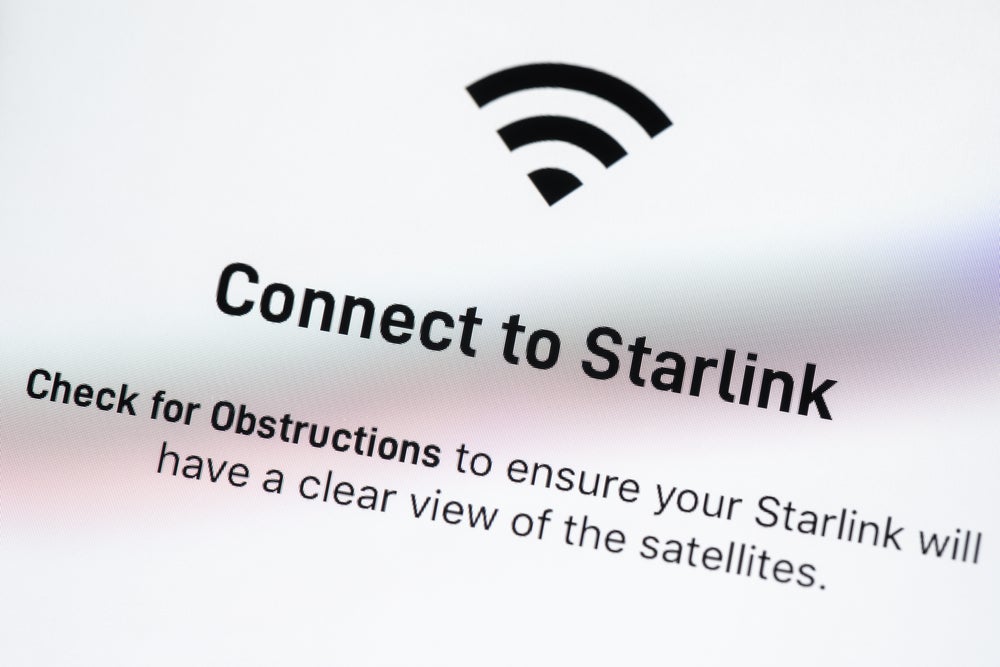
Private space company SpaceX is speeding ahead with its next project following the Falcon Heavy test: launching 12,000 satellites into space.
The company’s founder, Elon Musk wants to beam down the internet from space to make the web truly worldwide. This weekend, the first SpaceX satellite launch will take place. Two satellites are being launched in a trial mission.
The project, named Starlink, has had approval from the US government department, the Federal Communications Commission (FCC), to carry out the test.
What was said:
Ajit Pai, the chairman of the FCC, said in a statement:
“Following careful review of this application by our International Bureau’s excellent satellite engineering experts, I have asked my colleagues to join me in supporting this application and moving to unleash the power of satellite constellations to provide high-speed internet to rural Americans.
“If adopted, it would be the first approval given to an American-based company to provide broadband services using a new generation of low-Earth orbit satellite technologies.”
Why it matters:
If the SpaxeX satellite launch is successful, it could change how internet access is administered.
SpaceX’s plans would see nearly 4,500 interlinked broadband-internet satellites launched into orbit around 800 miles above the Earth. Then, there would be a lower level of satellites, around 7,500, in lower orbits as well. The network would then communicate with cheap ground stations to broadcast the internet around the world.
“Once fully deployed, the SpaceX system will pass over virtually all parts of the Earth’s surface and therefore, in principle, have the ability to provide ubiquitous global service.”
There are several connectivity initiatives in play to take the internet worldwide. Last year, Alphabet announced it was spinning off its connectivity project, known as Project Loon, into a separate company.
Loon Inc deploys solar-powered balloons carrying small boxes of internet beam equipment to provide wireless networks in unconnected places.
In addition, SpaceX isn’t the only company that wants to establish internet-beaming satellites into space.
A European company, OneWeb, also wants in on the action. This is a satellite venture, partnered with Jeff Bezos’s Blue Origin, which will bring affordable high-speed internet access to the unconnected.
Background:
Back in 2015, Elon Musk established a new office in Washington for the $10bn space internet plan. At the time, he said around 1,000 employees could be working on the project. In addition, it should take about five years to get off the ground.
According to financial projections obtained by The Wall Street Journal, SpaceX expects Starlink to have more than 40m subscribers to the service by 2025. This would bring in $30bn in revenue that year.
The idea is that revenues from Starlink will go on to fund SpaceX’s mission to Mars.







